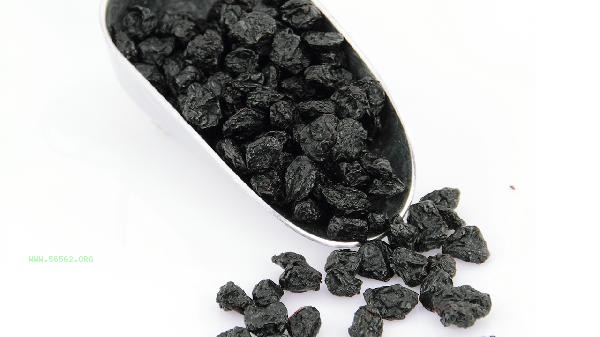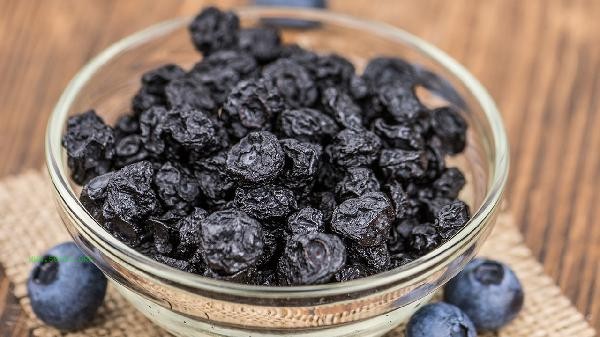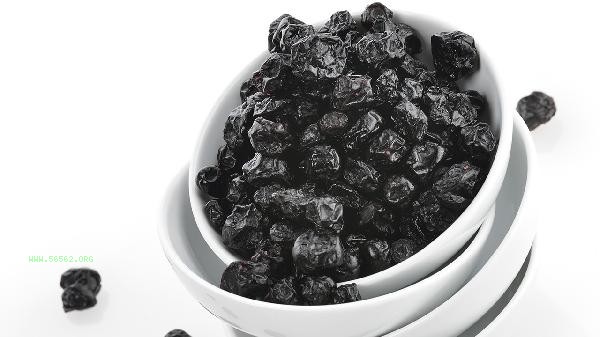The correct dilution methods for blueberry sauce mainly include warm water stirring, juice blending, milk blending, honey adjustment, lemon juice adjustment, etc.

1. Stir with warm water
Diluting blueberry sauce with warm water is the most common method, and the water temperature should be controlled at around 40 degrees Celsius. Slowly pour a small amount of warm water into the blueberry sauce and stir evenly with a spoon or blender while pouring, avoiding excessive dilution caused by adding too much water at once. This method can maintain the original flavor and nutritional content of blueberries, making it suitable for direct application on bread or consumption with yogurt. Note that the water temperature should not be too high, as high temperatures can damage the active substances such as anthocyanins in blueberries.
2. Juice Blending
Dilute light flavored juices such as apple juice and grape juice to enhance the flavor profile of blueberry sauce. The recommended ratio of juice to blueberry sauce is 1:3, adjusted according to personal taste. This method is particularly suitable for making fruit salad dressings or beverage ingredients, which can increase natural sweetness without the need for additional sugar. Fresh squeezed fruit juice is more effective, but it should be consumed as soon as possible to avoid oxidation and spoilage.
3. Milk Mix
Whole milk or plant-based milk can form a smooth texture with blueberry sauce, suitable for making dessert sauces or milkshakes. First, heat the blueberry sauce over water to a slight temperature, then add it in portions to the milk at room temperature and stir until the desired consistency is achieved. The protein in dairy products can combine with polyphenols in blueberries to enhance taste and increase protein intake. Lactose intolerant individuals can choose alternatives such as almond milk and oat milk.

4. Honey Adjustment
Honey is both a diluent and a natural sweetener, especially suitable for diluting overly acidic blueberry sauce. Heat the honey over water until it flows, and mix it with blueberry sauce in a 1:4 ratio. The sauce made by this method is suitable for matching with cheese or waffles, but the dosage should be controlled for patients with diabetes. The enzyme components in honey can also help break down some of the fiber in blueberries, making the sauce easier to digest and absorb.
5. Lemon Juice Adjustment
Fresh lemon juice can neutralize the sweetness and greasiness of blueberry sauce, while preventing oxidation and discoloration. It is advisable to add 5 milliliters of lemon juice to every 100 grams of blueberry sauce, as excessive addition can lead to excessive acidity. This method is suitable for occasions that require maintaining a bright purple color, such as cake decorations or fruit platter embellishments. The vitamin C in lemon juice can also enhance the absorption rate of iron in blueberries, but those with excessive stomach acid should reduce the dosage.

When diluting blueberry sauce, the appropriate method should be selected according to the actual use. For baking purposes, it can be diluted appropriately, while for direct consumption, the dilution should be controlled. All dilution operations should be carried out in a clean container, and any leftover blueberry sauce should be refrigerated and consumed within 3 days. For people who need to control sugar, it is recommended to prioritize using sugar free fruit juice or diluted milk to avoid adding additional refined sugar. During the dilution process, you can try adding liquid in small amounts and adjust it to the desired taste at any time. Overly diluted blueberry sauce can be remedied by reducing the heat and removing the juice. When storing the original blueberry sauce in daily life, pay attention to sealing and moisture prevention. After opening, covering the surface with plastic wrap can extend the shelf life.








Comments (0)
Leave a Comment
No comments yet
Be the first to share your thoughts!